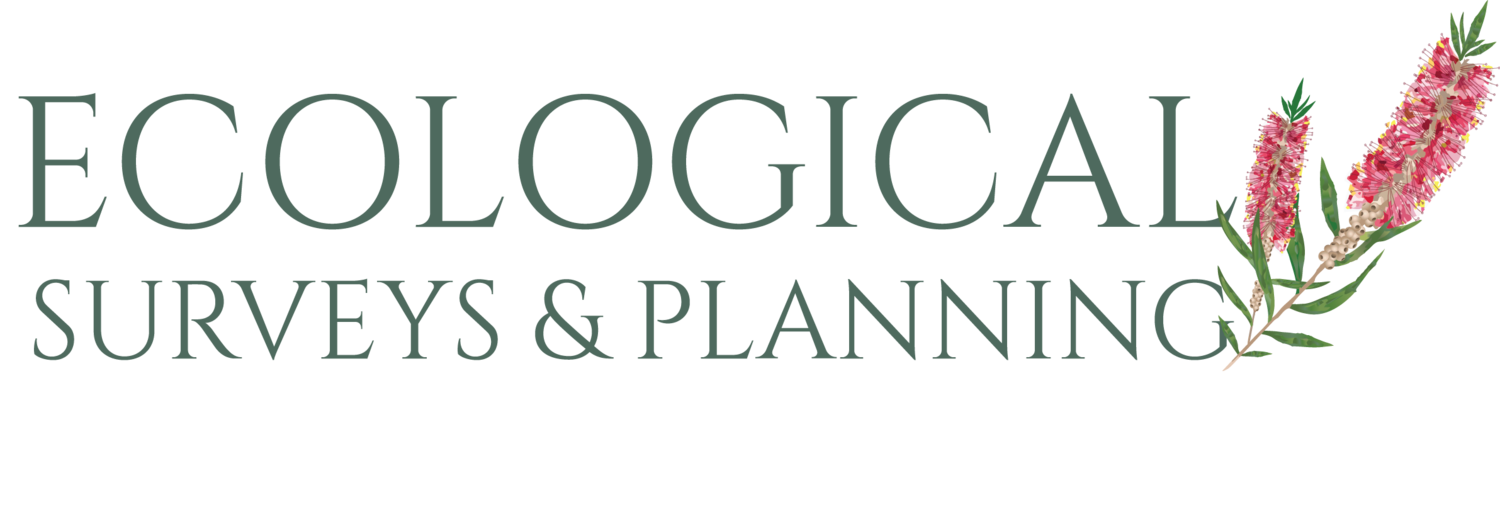BANNER IMAGE: Swamp Wallaby with Snow Grass (Poa sieberiana var. cyanophylla), Mount Werong, Blue Mountains National Park
BAM and Expert Accreditation
Until the enactment of the NSW Biodiversity Conservation (BC) Act in late August 2017, there was no regulation of ecological consultancy except within the Biobanking scheme, and those preparing Species Impact Statements. Most ecologists were not involved in those works, so most were not subject to regulation. In large part, anyone could promote themselves as a consultant ecologist irrespective of qualifications, experience and ethics.
IMAGE: Eucalyptus gregsoniana flowers (Wolgan Snow Gum)
The legislation now requires accreditation of ecologists who use the new Biodiversity Assessment Method (BAM) to complete statutory reports. I hold a BAM accreditation (number BAAS18036). The BAM is required in some form for most ecological assessments, even if only to rule out the need to use the complex Biodiversity Offset Scheme (BOS) that replaces Biobanking. You can read more about the BAM and BOS (and other acronyms) here: https://www.landmanagement.nsw.gov.au/biodiversity-offsets-scheme/
BAM accreditation is not a guarantee that the consultant is ecologically or ethically competent, but it does provide a low-level of screening and a formal complaint and remediation channel through the NSW Office of Environment & Heritage. It has not prevented some of the most notorious consultants from gaining accreditation, but if they continue to operate poorly, they are now at risk of fines and other sanctions.
Note that whilst not a requirement of the BC Act, Wingecarribee Council and likely some others have mandated that all external ecological assessments be undertaken by a BAM accredited consultant. Most consultants are now BAM accredited.
I am also an OEH accredited Expert in relation to specified plant species. The first four of these are currently listed on my Expert registration at -https://www.environment.nsw.gov.au/biodiversity/experts.htm and I have sought recognition for a large number of additional threatened plant species and threatened ecological communities. I am already informally recognised by the NSW OEH as an authority in relation to many threatened plants and most threatened ecological communities in the Greater Sydney and South East Regions of NSW, with two such species in the Western Region. OEH has earlier contracted me to advise it in relation to those and other threatened entities.



